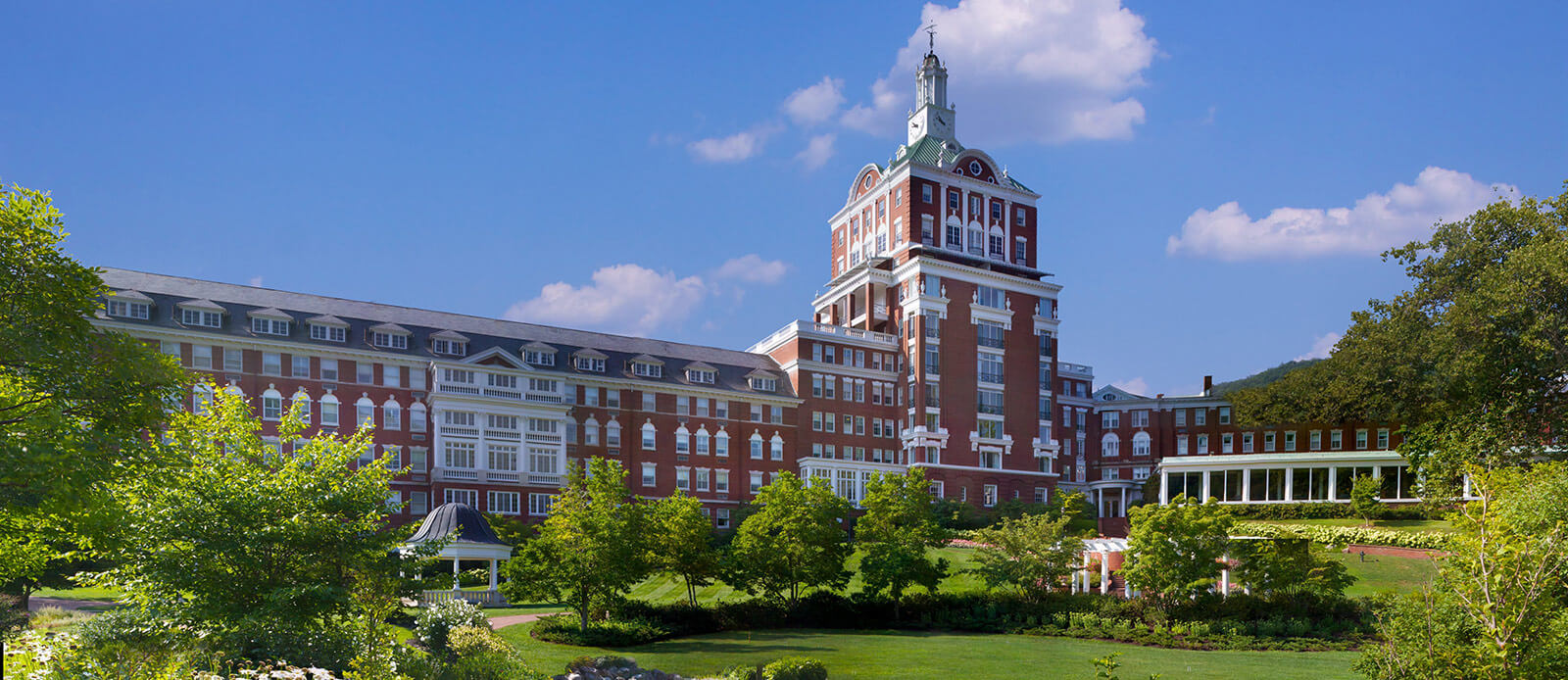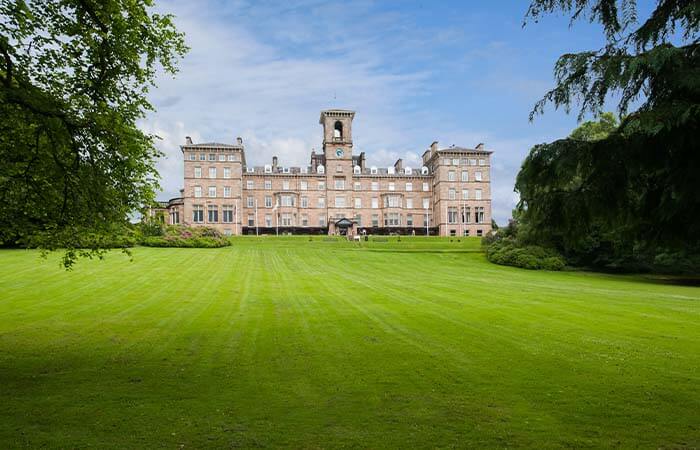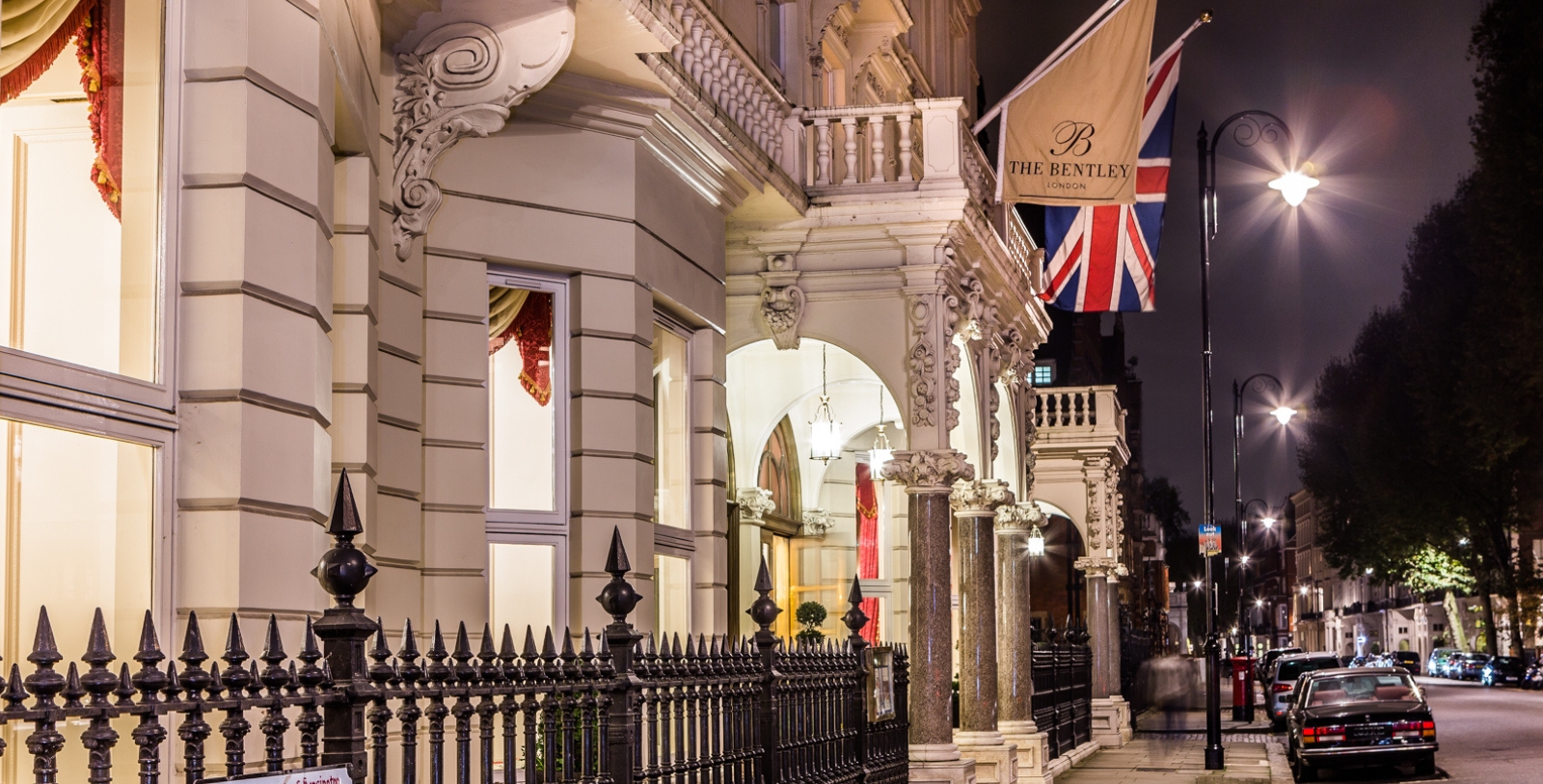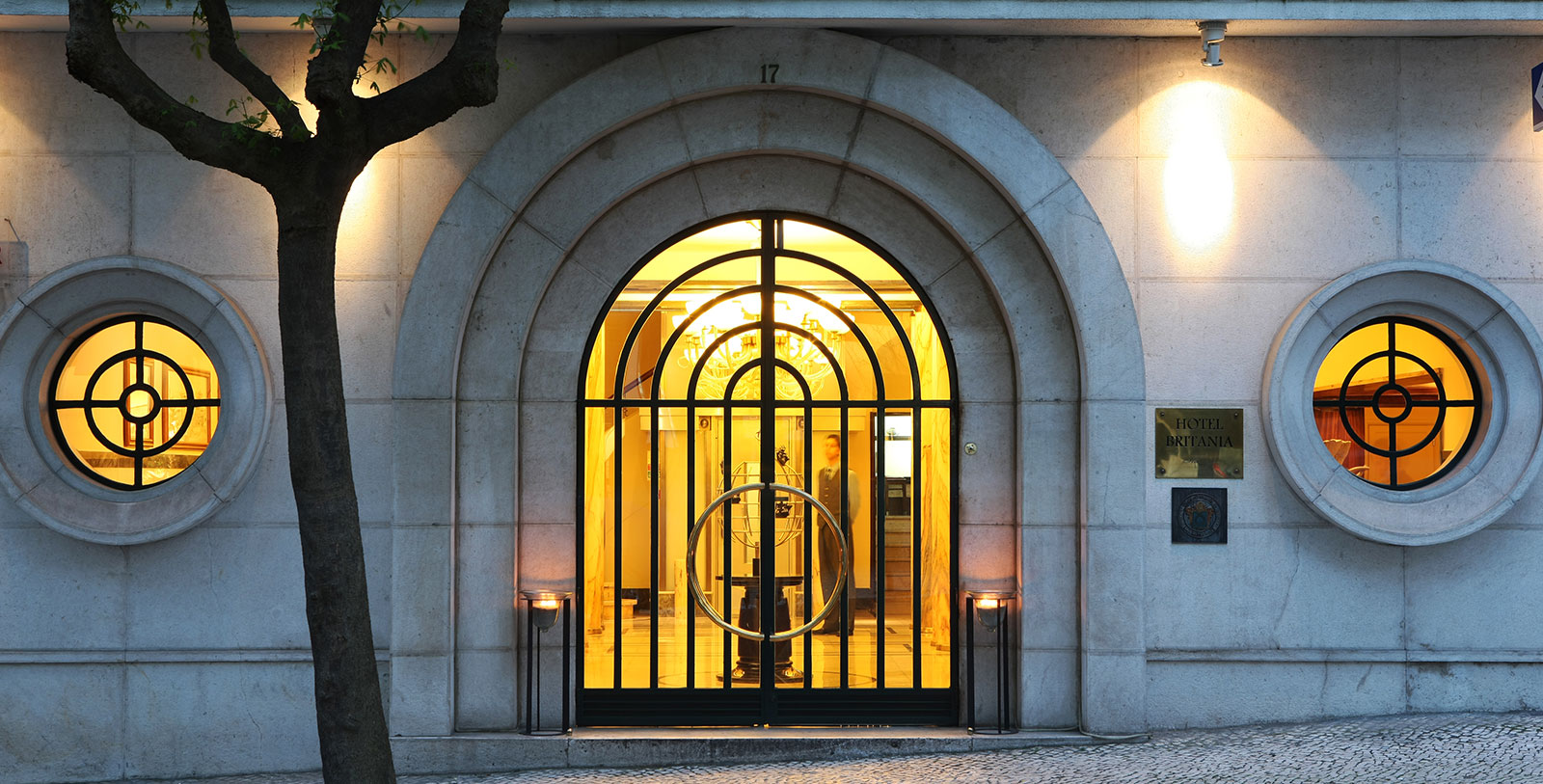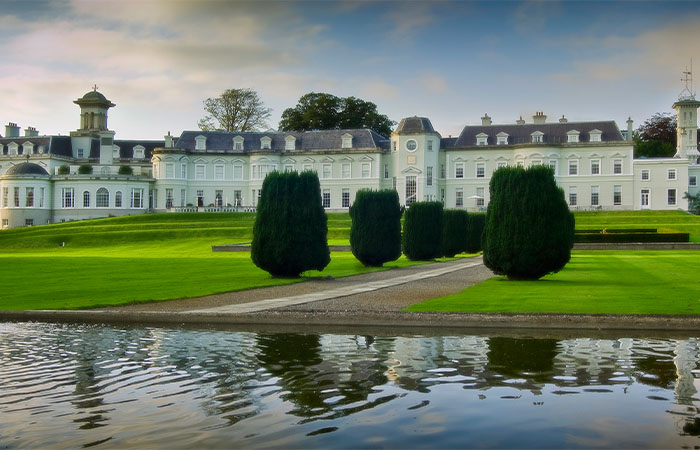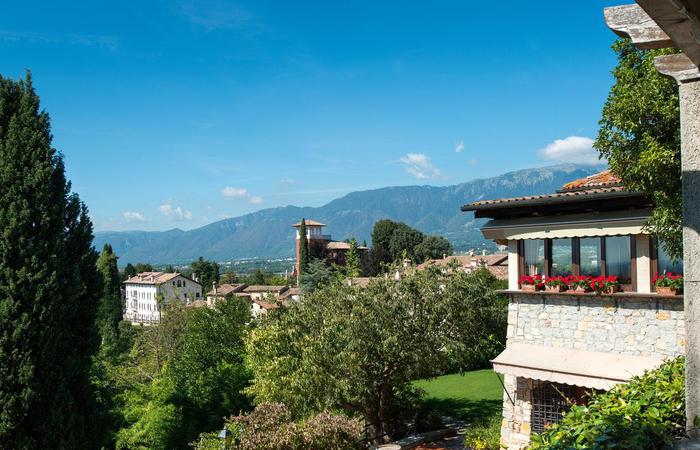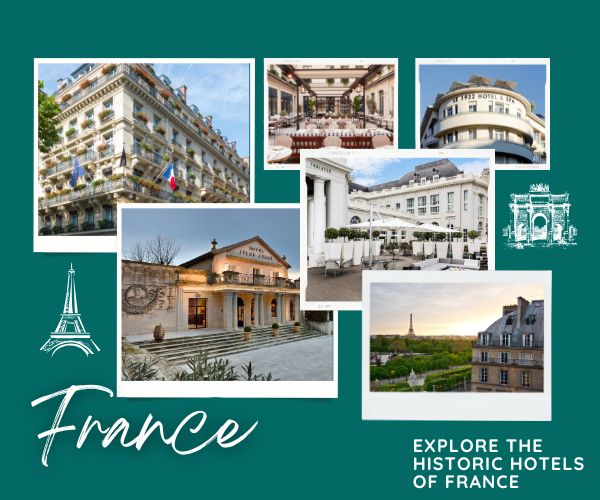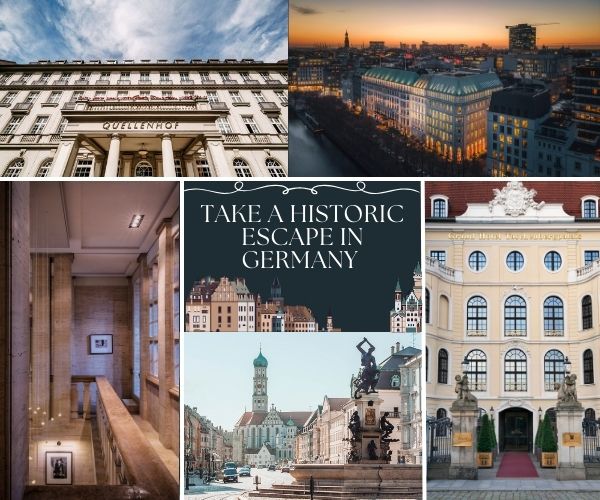Receive for Free - Discover & Explore eNewsletter monthly with advance notice of special offers, packages, and insider savings from 10% - 30% off Best Available Rates at selected hotels.
Page Not Found
We're sorry, but we are unable to locate the file you have requested. If you have reached this page in error, you may wish to proceed to the home page or use the sitemap to locate the information you are looking for. If you continue to recieve this message, please do not hesitate to contact us for assistance.



















